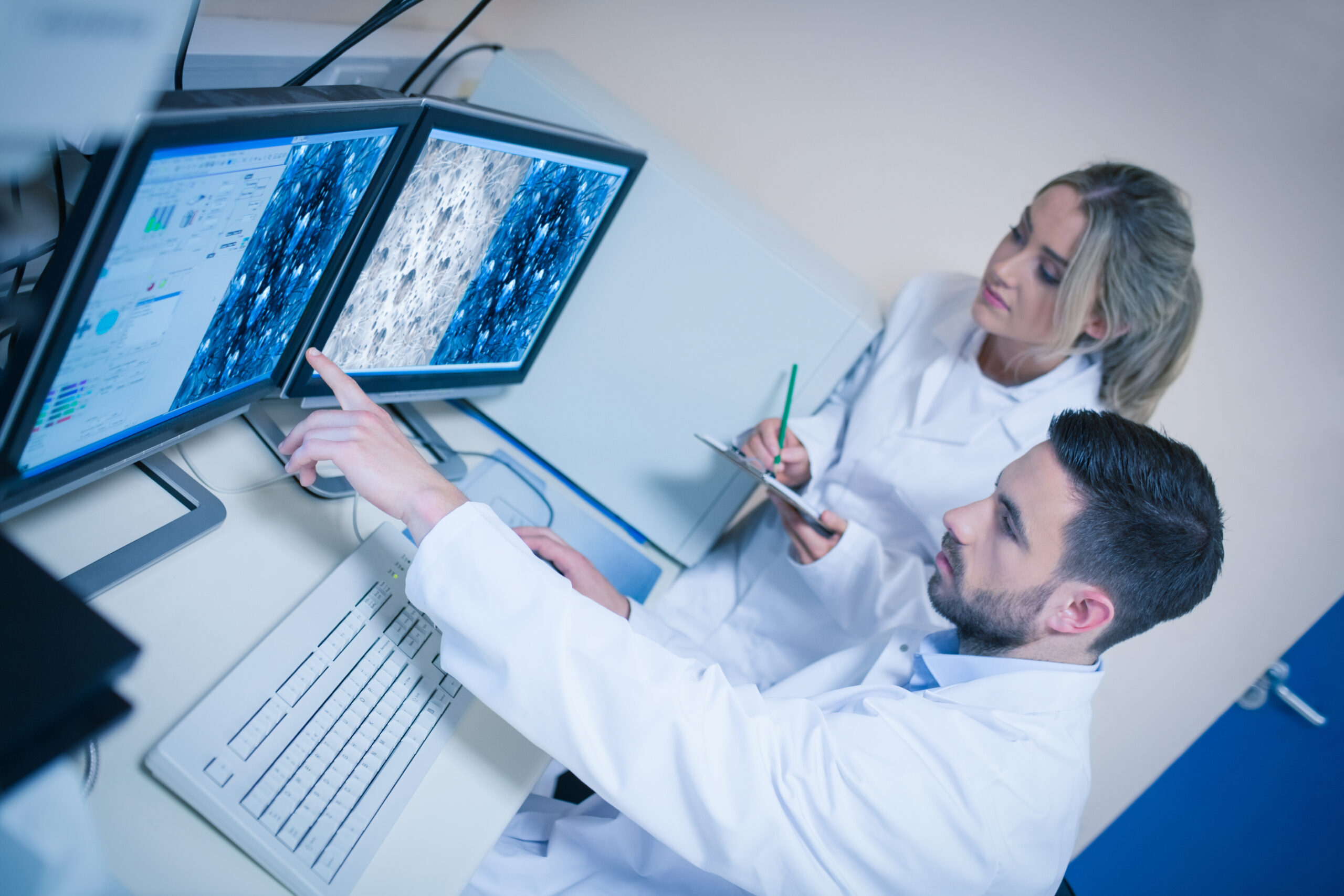A basic laboratory information management system (LIMS) is software designed to manage laboratory workflows, sample tracking, and data integrity across clinical, research, or industrial labs. At its core, LIMS software streamlines sample accessioning, results recording, and test management, ensuring labs meet regulatory requirements while improving productivity. It replaces fragmented manual processes with structured digital operations, offering standardized data formats, audit trails, and centralized information control.
LIMS system software automates sample lifecycle management from intake through analysis to final reporting. It assigns unique identifiers to each specimen, matches them to test orders, and updates results as data becomes available. Technicians interact with the LIMS to input findings, flag anomalies, and initiate reflex testing when needed.
Unlike spreadsheets or disconnected applications, a laboratory information management system maintains strict chain-of-custody tracking, timestamping every action for compliance. Whether handling routine CBCs or complex genomic assays, it standardizes procedures and enables traceability. Core modules typically include sample registration, workflow configuration, QC monitoring, instrument integration, and results reporting—all within a secure environment that supports CLIA, CAP, and ISO standards.

Modern LIMS platforms—especially those like SCC Soft Computer’s enterprise-scale SoftLIMS®—operate across multiple departments and integrate with instruments, EHRs, and billing systems. This ensures that laboratory data moves without bottlenecks between clinical decision-makers, testing platforms, and external providers. While “basic” LIMS refers to foundational features like sample tracking and reporting, the software must also scale to accommodate operational growth, automation, and regulatory evolution.
What is the Basic LIMS System Used For?
A basic LIMS manages test ordering, sample routing, and result reporting for routine and specialized diagnostics. In clinical settings, LIMS examples include managing high-volume workflows in chemistry, hematology, and microbiology labs. The system logs each sample’s journey—from collection through processing and validation—eliminating manual errors and reducing time-to-result. In pathology departments, it links patient records to histology and cytology procedures, ensuring every slide, stain, and result matches the originating order.
What is LIMS used for beyond clinical diagnostics? In molecular and genetics laboratories, LIMS systems support complex workflows such as PCR, NGS, and sequencing interpretation. These configurations handle nuanced sample prep, batch processing, reagent tracking, and result correlation across multiple instruments and analytical methods. In environmental, pharmaceutical, and food testing labs, LIMS applications include sample custody tracking, regulatory documentation, and compliance audits.
LIMS systems also enforce rules-based decision-making. For instance, auto-verification logic can release normal results without technologist review, while reflex testing rules route specimens for additional tests based on preset criteria. QC tools embedded in the LIMS flag control violations in real-time, allowing immediate intervention. Real-time dashboards, audit logs, and analytics support operational oversight and performance benchmarking.
In outreach scenarios, a LIMS supports client-specific order entry, custom result formatting, and secure physician portals. Centralized management across lab locations—such as in health systems or national reference labs—relies on multi-site capable systems like SCC’s SoftLab®, which unifies operations while respecting site-specific protocols. As labs expand services and test menus, LIMS configurations must evolve to maintain throughput and quality.
Learning to Use a LIMS
Training on a laboratory information management system typically begins with a structured implementation program led by the vendor or an internal project team. These sessions focus on role-based workflows, emphasizing how lab personnel—technologists, supervisors, and pathologists—interact with the system. Learning materials often include a laboratory information management system PDF tailored to the organization’s configuration, providing step-by-step procedures for sample accessioning, test processing, and results validation.
Mastering a LIMS involves more than learning interface navigation. Users must understand how the system applies business rules, manages QC protocols, and logs user actions. Configurable training environments allow staff to practice in a sandbox that mirrors production workflows. This reduces transition risk and builds confidence in handling exceptions, such as test add-ons, order cancellations, and abnormal result flags.
Laboratories adopting sophisticated platforms like SCC Soft Computer’s SoftLIMS® benefit from structured onboarding that includes system administration training, SOP integration, and interface testing. IT personnel receive separate instruction on user permissions, system backups, and data integrity protocols. The goal is fully operational readiness without disrupting routine service levels.
Vendor support extends beyond go-live, with refresher training, updates on new features, and performance optimization reviews. Documentation, including regularly updated LIMS system manuals and knowledge bases, supports just-in-time learning and compliance during audits. For labs undergoing inspections or accreditation reviews, access to these materials ensures rapid validation of workflows and staff competency.
Training never ends with LIMS. As labs expand services or implement new testing platforms, the system must be reconfigured—and staff retrained—to support the revised workflows. Ongoing investment in training sustains productivity and safeguards compliance as the regulatory and clinical landscapes evolve.
Choosing the Right LIMS
Labs evaluating LIMS platforms should prioritize domain-specific functionality, scalability, and vendor credibility. SCC Soft Computer’s SoftLIMS supports high-throughput workflows, regulatory alignment, and instrument integration—critical requirements for life sciences, clinical research, and diagnostic labs alike.
The best LIMS software combines flexible architecture with built-in compliance for CLIA, CAP, ISO 15189, and FDA 21 CFR Part 11. SoftLIMS enables labs to automate sample tracking, implement validation rules, and maintain complete data traceability with real-time visibility. Whether operating in a single site or multi-location environment, SoftLIMS offers configuration options that reduce custom development and simplify upgrades.
Choose a vendor with proven longevity and deep experience in laboratory systems. SCC has delivered integrated, scalable solutions to some of the most demanding laboratories in the world—ensuring continuity, compliance, and operational control from day one.
